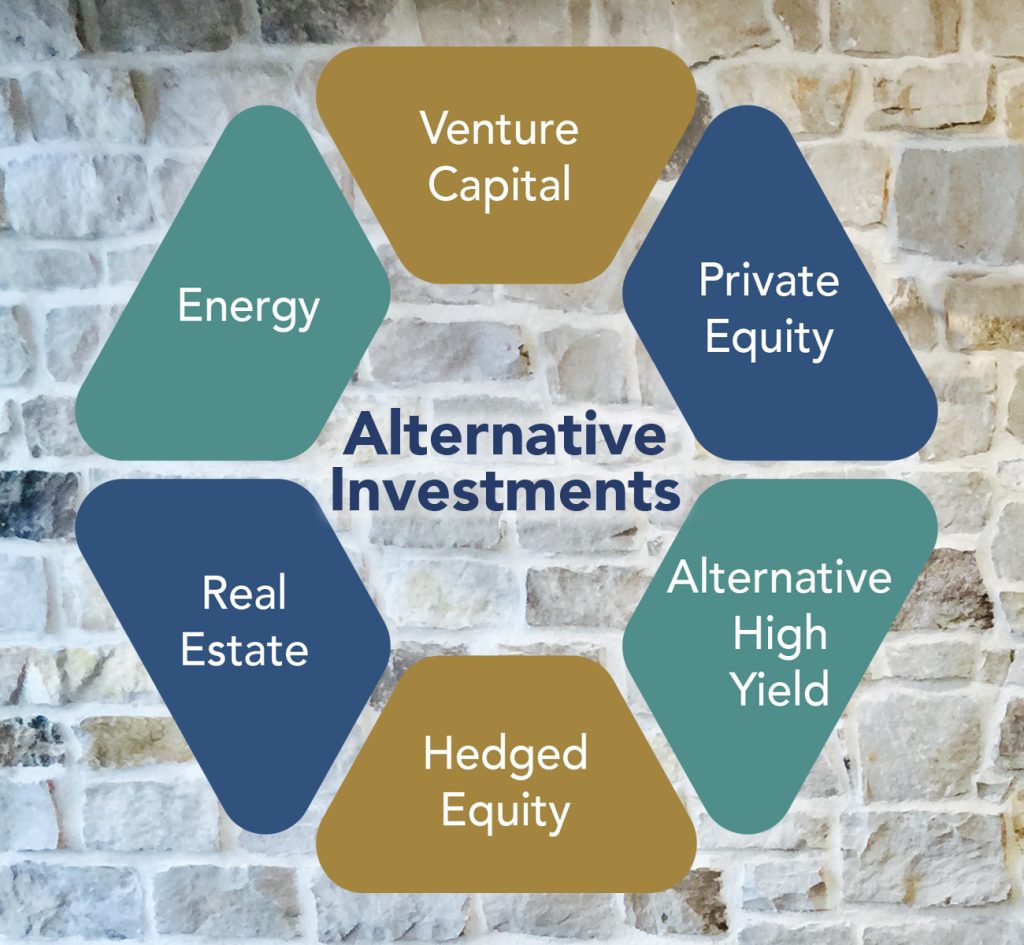
Alternative investments are increasingly becoming a crucial component of a sound business investment strategy. They represent a diverse array of asset classes beyond traditional stocks and bonds, offering potential returns that may outperform traditional investments. However, navigating this complex landscape requires a strategic approach and understanding of the nuances of each investment type. This article delves into the world of alternative investments, examining their various options and providing practical guidance for businesses seeking to implement these strategies. We’ll explore the key considerations and potential challenges, highlighting how diversification can enhance overall financial performance. The structure of this article includes an overview of alternative investments, followed by a breakdown of specific investment options such as private equity and venture capital, REITs and infrastructure investment. Each section is designed to provide practical insights and potential applications for businesses.
Understanding the Landscape of Alternative Investments
Diversification and Potential for Higher Returns
Alternative investments offer a pathway to diversification beyond traditional investments, potentially leading to higher returns. They often include assets like private equity, venture capital, real estate investment trusts (REITs), hedge funds, and commodities. Understanding the unique characteristics and risks of each alternative investment is crucial before implementation. A well-constructed portfolio blends traditional and alternative investments to balance risk and reward. For instance, large institutional investors frequently leverage alternative investment strategies to hedge against market volatility and improve portfolio returns. By exploring these various alternatives, companies can create portfolios that offer greater resilience in fluctuating economic climates.
Private Equity and Venture Capital: High-Growth Opportunities
Identifying High-Potential Companies
Private equity and venture capital investments often target companies with high growth potential. Private equity involves investments in established businesses, while venture capital typically focuses on startups or early-stage companies. These investments typically require a significant time commitment and substantial due diligence. For example, a private equity firm might invest in a mature manufacturing company to aid in its expansion. The potential returns can be substantial, but these strategies also carry higher risk compared to more established markets. Venture capital, on the other hand, often necessitates a longer investment horizon and carries substantial risk due to the high level of uncertainty associated with startup businesses. Understanding the specific investment characteristics and risk profiles is vital for informed decision-making.
Real Estate Investment Trusts (REITs): Real Asset Exposure
Diversifying into Real Estate
Real estate investment trusts (REITs) provide a way to participate in the real estate market without direct ownership. REITs are companies that own or finance income-producing real estate, and they typically distribute a significant portion of their income to shareholders. For instance, REITs can invest in residential or commercial properties, shopping centers, or even office spaces. This diversification strategy can create significant passive income streams. An analysis of historical REIT performance demonstrates a positive correlation with economic growth. Analyzing the current economic climate and identifying strong markets are crucial for REIT selection.
Hedge Funds: Navigating Market Volatility
Sophisticated Strategies for Risk Mitigation
Hedge funds employ sophisticated investment strategies to potentially profit from market inefficiencies. These strategies often involve leveraging, short selling, and derivatives, and often necessitate substantial capital investment. For example, a hedge fund might use arbitrage to profit from temporary pricing discrepancies between similar assets. It’s important to consider the level of expertise and experience required to manage such a sophisticated investment. Hedge fund strategies typically focus on taking advantage of short-term market opportunities and managing risk through dynamic adjustments.
Commodities: Exposure to Raw Materials
Strategic Management of Raw Material Prices
Investing in commodities involves purchasing or trading raw materials, such as precious metals, agricultural products, or energy resources. These investments can provide a hedge against inflation and potentially offer substantial returns. For instance, an investor might purchase gold as a store of value during periods of economic uncertainty. However, commodity prices are often volatile and subject to global market influences. Thorough research and careful risk assessment are essential in the commodity investment landscape.
Infrastructure Investment: Long-Term Growth Potential
Contributing to Long-Term Development
Infrastructure investments target projects focused on long-term economic growth. These include investments in transportation networks, energy grids, or communication systems. For example, an investor might participate in the development of a high-speed rail network. These investments can generate substantial returns but typically have longer investment horizons and more regulatory complexity.
Impact Investing: Social and Environmental Considerations
Positive Impact Alongside Financial Returns
Impact investing focuses on investments that create a positive social and environmental impact. This strategy may involve investments in renewable energy, sustainable agriculture, or affordable housing projects. For instance, an investment in a solar energy company could support the transition towards a cleaner energy future.
Implementing an Alternative Investment Strategy
Due Diligence and Risk Assessment
Before implementing any alternative investment strategy, thorough due diligence and risk assessment are crucial. Careful consideration of financial statements and market trends are essential. Furthermore, understanding the specific legal and regulatory frameworks of the chosen alternative investments can minimize the overall risk.
Considerations for Risk Management
Understanding and Mitigating Potential Risks
Careful evaluation of risk factors is crucial in alternative investments. Strategies should account for potential volatility, liquidity issues, and market fluctuations. Market conditions can significantly impact the performance of alternative investment options. Diversification plays a vital role in mitigating these risks by reducing reliance on any single investment category. For instance, investing across different asset classes can help balance potential losses in one area with gains in another. Employing hedging strategies and consulting financial professionals can also help mitigate risk within alternative investment portfolios.
In conclusion, alternative investments offer a diverse range of opportunities for businesses seeking to diversify their portfolios and achieve potentially higher returns. By understanding the various options available and carefully assessing their suitability, businesses can identify strategies that align with their specific financial goals and risk tolerances. Consult with a financial advisor to determine the most suitable alternative investment options for your business needs. Contact us today to explore your investment options.